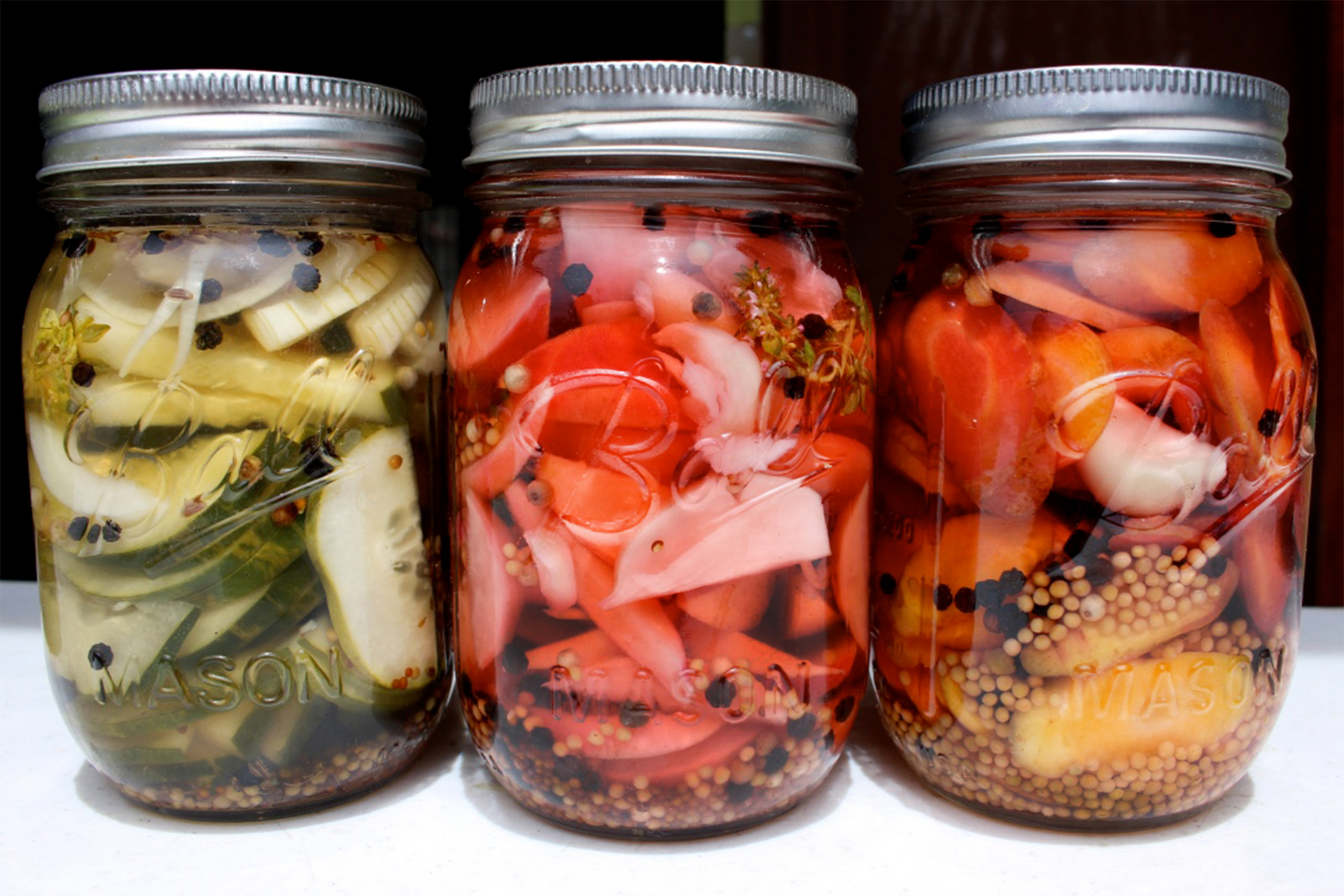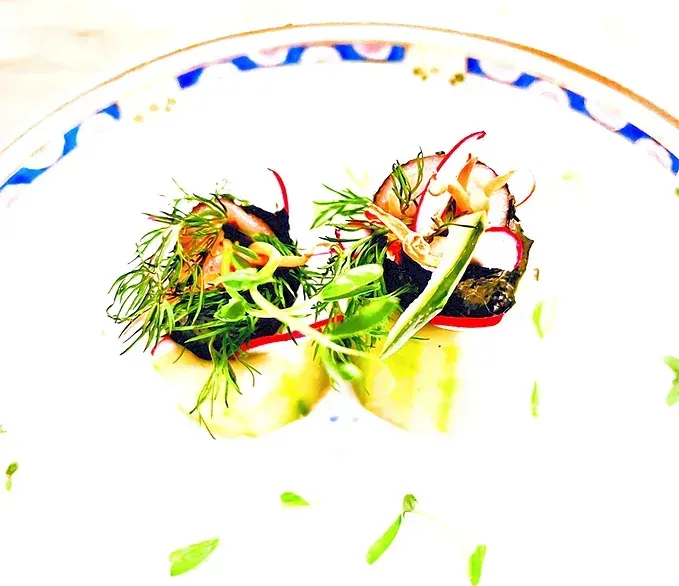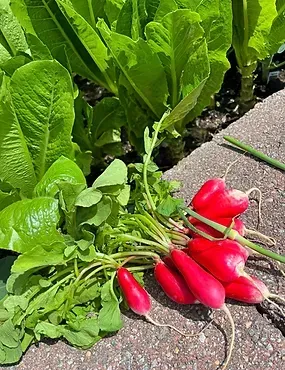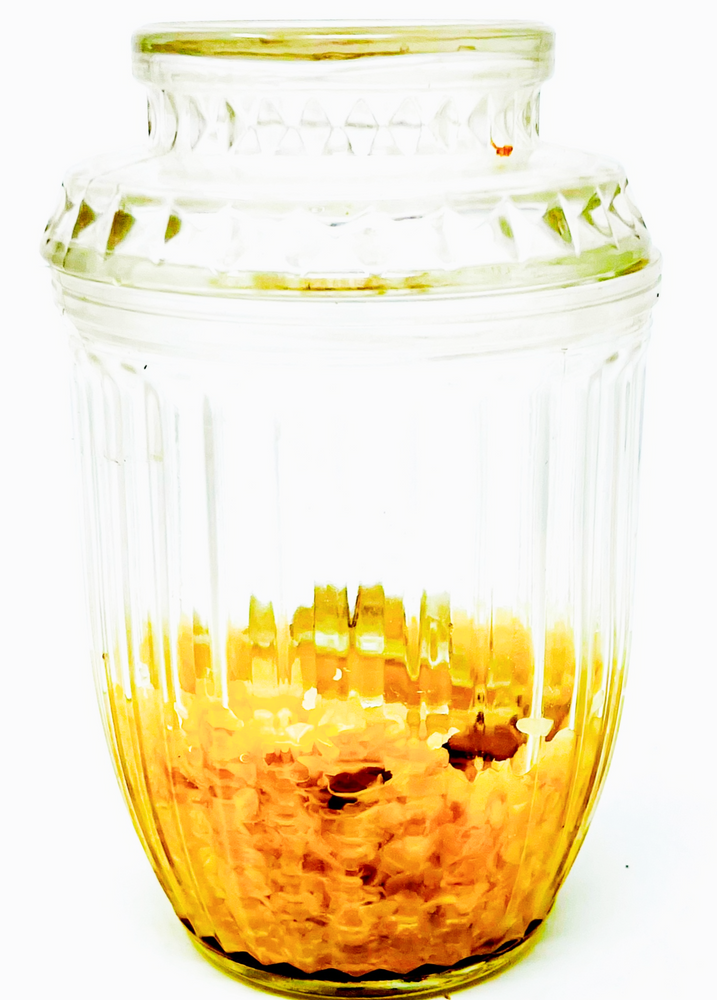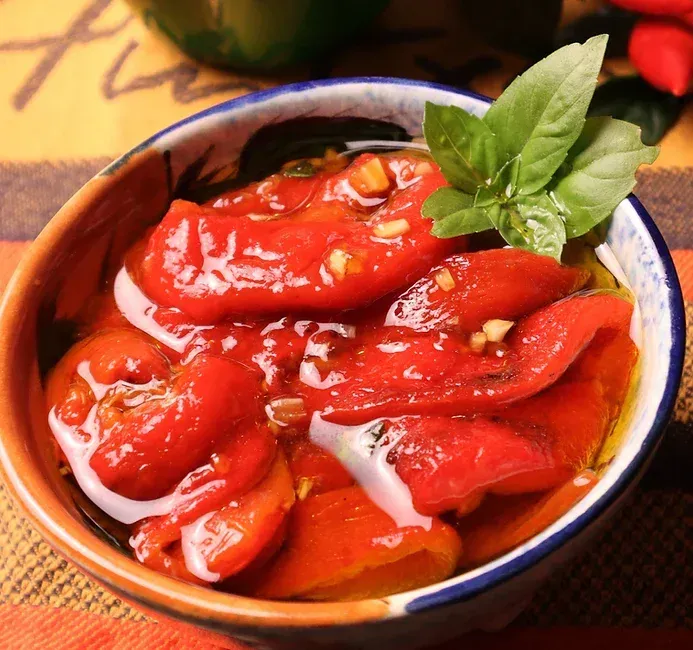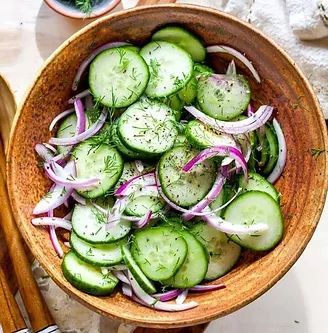Delicious Healthy Cuisine
Macrobiotic Vegan
Plant Based Whole Foods
As Seen On

NEW VIDEO
Learn The Art of Kimchi, Sauerkraut & Pickling

Natto is made from cooked whole soybeans that have been fermented with koji spores. Once it is prepared, there is no need for further cooking. It is usually served as a side dish as an accompaniment with grains and noodles. It can be prepared by stirring it to bring out the stickiness, then adding different flavors, such as soy sauce, grated fresh ginger, daikon radish, jinenjo mountain potato, mustard, horse radish, chives, scallions, nori slivers, and other seasonings. It can be made at home with a bit of preparation and can be purchased in Asian markets or online. I find it is difficult to find Natto made with organic soybeans, so I am going to attempt to make it at home. I ordered the Kawashima Natto Starter Powder through Amazon, will update when I do it. I made it years ago with Sensei Muramoto, and remember that it was very different and more delicious than the frozen packages available. Natto has a distinctive smell and flavor that people either love it or hate it. I have heard that people who eat a lot of dairy do not like it, I am not sure how true that is. The benefits to enjoying Natto are enormous. It is a super nutritious food. It is originated in Japan, where the cooked soybeans were wrapped in rice straw which naturally had the bacillus subtillis bacteria on its surface. This allowed the sugar in the beans to ferment creating Natto. Soybeans are a very hard bean. It takes a long time to cook them. Soybeans are a very important part of the vegetarian diet because they are a one of the highest quality sources of plant based protein, vitamins, minerals and isoflavones. They do contain anti-nutrients such as lectins, however, it has been studied that fermentation reduces the content by 95%.

I have been making pickles for a long time. Sometimes with immense success and many times disastrous enough for compost. Being able to pickle is one of the most challenging of all challenges for me in the history of all my kitchen endeavors. I do not give up. So, for those of you hesitating to take the pickle plunge, don't give up because it can be extremely rewarding. Pickling requires fermentation, and fermentation requires many factors, some of which you will have little control over. There are many ways to study fermentation, simply put it is the process of preserving foods in an acid or salt solution. I am going to talk about my experiences with pickling to share with you through my successes and failures. First, you must start by having fresh whole ingredients, preferably organic grown. Wash very well. Then begin to cut as you desire. Make sure that all your utensils are clean, clean. You need superior quality additions, such as sea salt, soy sauce, Ume vinegar or juice, miso, vinegar. Make sure the air quality in your kitchen area is fresh and clean, not stale. Years ago, between 1983 and 1984, I had the supreme honor of working with Sensei Noboru Muramoto. He is the author of Healing Ourselves and Natural Immunity. We processed Sea salt, miso, soy sauce, natto, tempeh and umeboshi with home grown purple shiso. I was always amazed at his hands, everything he touched and made turned to "gold". He explained his hands had years of working with fermented foods, I could only derive that his hands had great power to make the different foods he worked with respond to beyond the intended potential. When we made soy sauce, we first cooked the wheat, then added the koji culture. He would turn the wheat mixture with his hands, the perfume and heat from the big wheat mound was intoxicating. He told me that some people ruined the wheat during fermentation because of the bacteria on their hands. That made a significant impact on me to know how important our hands are in our food preparation. So, hand lotion is not recommended prior to food prep. Also, start with small quantities until you are more comfortable. There are long term pickles and short-term pickles. This recipe is a short-term pickle since it is ready in just a few days. You may add many accompaniments, such ginger, sesame seeds, tasty herbs, shiso greens, etc.

